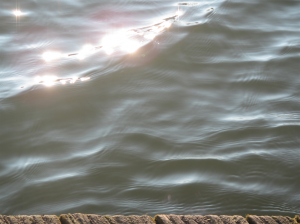
Foam stripes mystery — closer to figuring out what’s going on?
I think I might be getting closer to understanding the foam stripe mystery. Remember how we’ve always observed them going in parallel to the coast? Yesterday I saw this again,…
